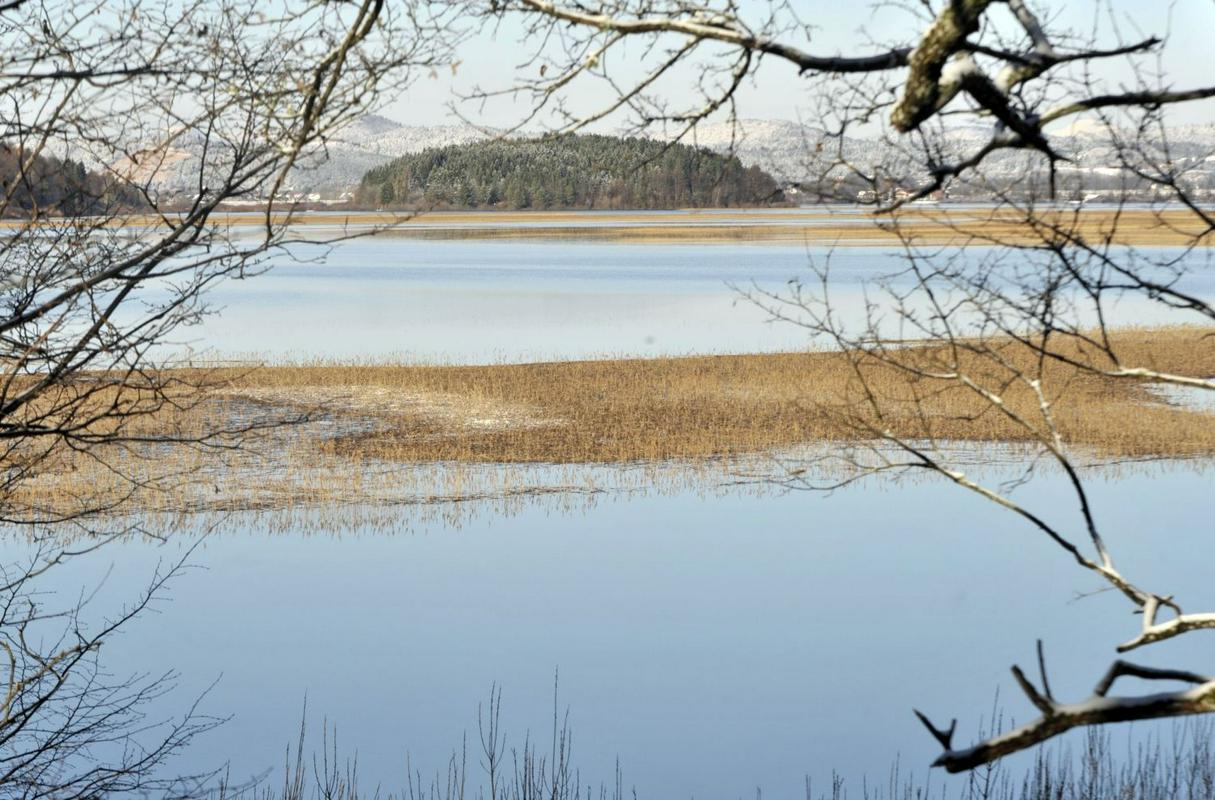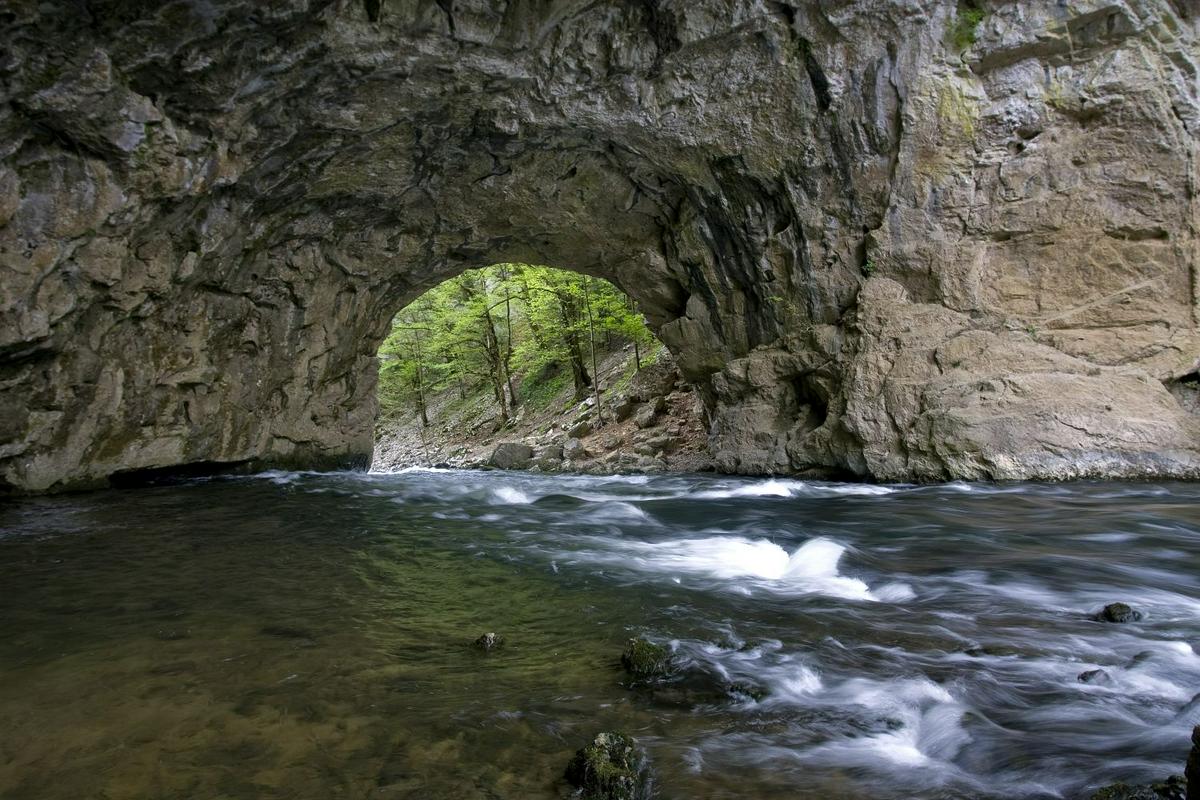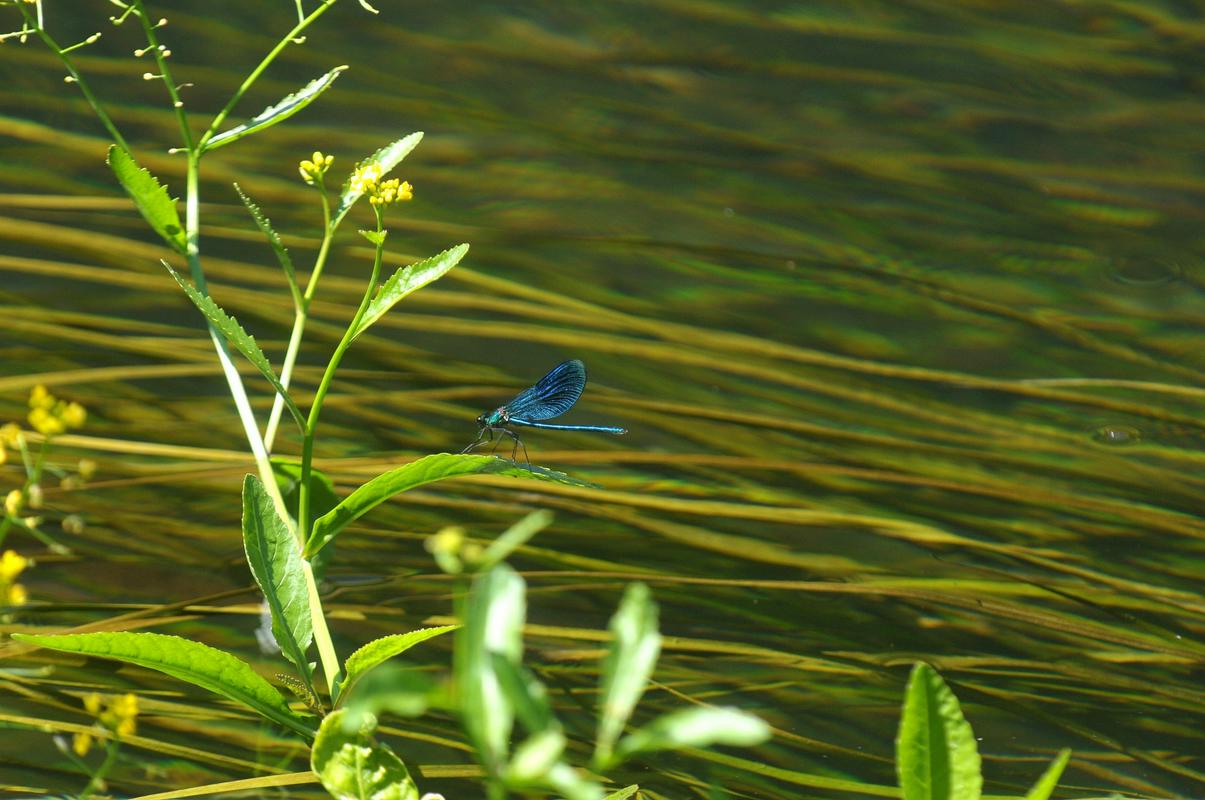


Nature in colour is the brand under which the Symbiosis Institute, a social enterprise, markets trips and excursions focused on the natural sciences. It offers a variety of programmes for multi-day trips and one-day excursions. This is a tourist product that involves not just spending time in nature but also in-depth observation of plants and animals. The organisation has been in operation since 2003, and last year it acquired a licence to operate as a tourism agency.
A love of nature
The tourists who join their programmes are not looking to visit the traditional natural features that are part of Slovenian mass tourism. Instead they are looking for lesser known places where there is not so much crowding, noise or car parks. Often such tourists want to see Lake Cerknica, Rakov Škocjan, Javorniki, the Pivka intermittent lakes and the Nanoščica river basin.
Apart from wanting to see lesser known places, they also have the chance to take part in general nature-observation programmes. In the new year of 2018, Symbiosis will offer new trips with the chance to observe wild orchids, amphibians and reptiles, butterflies and grasshoppers. All these plant and animal species demonstrate the great natural diversity of Slovenia.
The largest numbers of guests come from the Netherlands and the UK, while many also come from Japan. This year a special excursion was organised for Japanese visitors to see hellebores in the natural environment. These plants do not grow in the wild in Japan, but are commonly cultivated as ornamental plants. In Slovenia, however, a full five species thrive naturally.
There is also notable biodiversity in the species of butterflies. Guests from the Netherlands were able to see more species of butterflies here in one day than they exist in their entire country.
The guide welcoming visitors to the kingdom of birds and animals is Paul Veenvliet, a biologist by profession who is well acquainted with the different species of animals and plants, and is also able to recount numerous fascinating stories about them.
Opportunities for local people
As they enjoy the natural surroundings, visitors are also happy to try the local food. Minestrone, rotolo dumplings, cured meat products and cheese, fresh and salt water fish, pies, potica cake, stews, game dishes, lamb and other home-raised meats. This gives the local people opportunities to profit, as they can open tourist farms where visitors can stay the night and partake of some of the specialities of the area.
Tourism governed by the rule that nature is an asset and its integrity, beauty and biodiversity need to be respected, is increasingly valued by tourists themselves, and in the Slovenian market this is becoming a more common feature of what is offered. Nature conservation is not a barrier to development, but it is a challenge. For the local people it is also an economic opportunity. The Symbiosis Institute has determined that it is sometimes only with the arrival of foreign guests that locals realise just how beautiful and unique some plants are, and that they should be seen as special assets that need protection.
There are now quite a few such tourism programmes internationally, especially in Western Europe. Moreover, it is not true that this kind of tourism is intended solely for a small group of enthusiasts, since in many countries observing nature is a common leisure pursuit and hobby.
Helping science
The trips are not just an ordinary walk through meadows or forests, they are also an opportunity to collect data for natural science purposes. At Symbiosis they point out that there are guests involved in professions that are not related to nature, but who in their free time are very serious about studying some groups of animals or plants. An example of best practices in this context is the Netherlands, where a full two million people are members of conservation organisations. In this way the Dutch can gather around 8 million pieces of data on the species of plants and animals that live or are present in their country.
As a non-profit organisation, Symbiosis invests its profits from tourism into its conservation projects, in the hope that these funds will also finance extra activities in the local communities of the locations visited. They also pursue the principle of social entrepreneurship. The development of their ecotourism product, which will continue in 2018, is supported by the European Union through the European Regional Development Fund and by the Slovenian Ministry of Economic Development and Technology.


































































